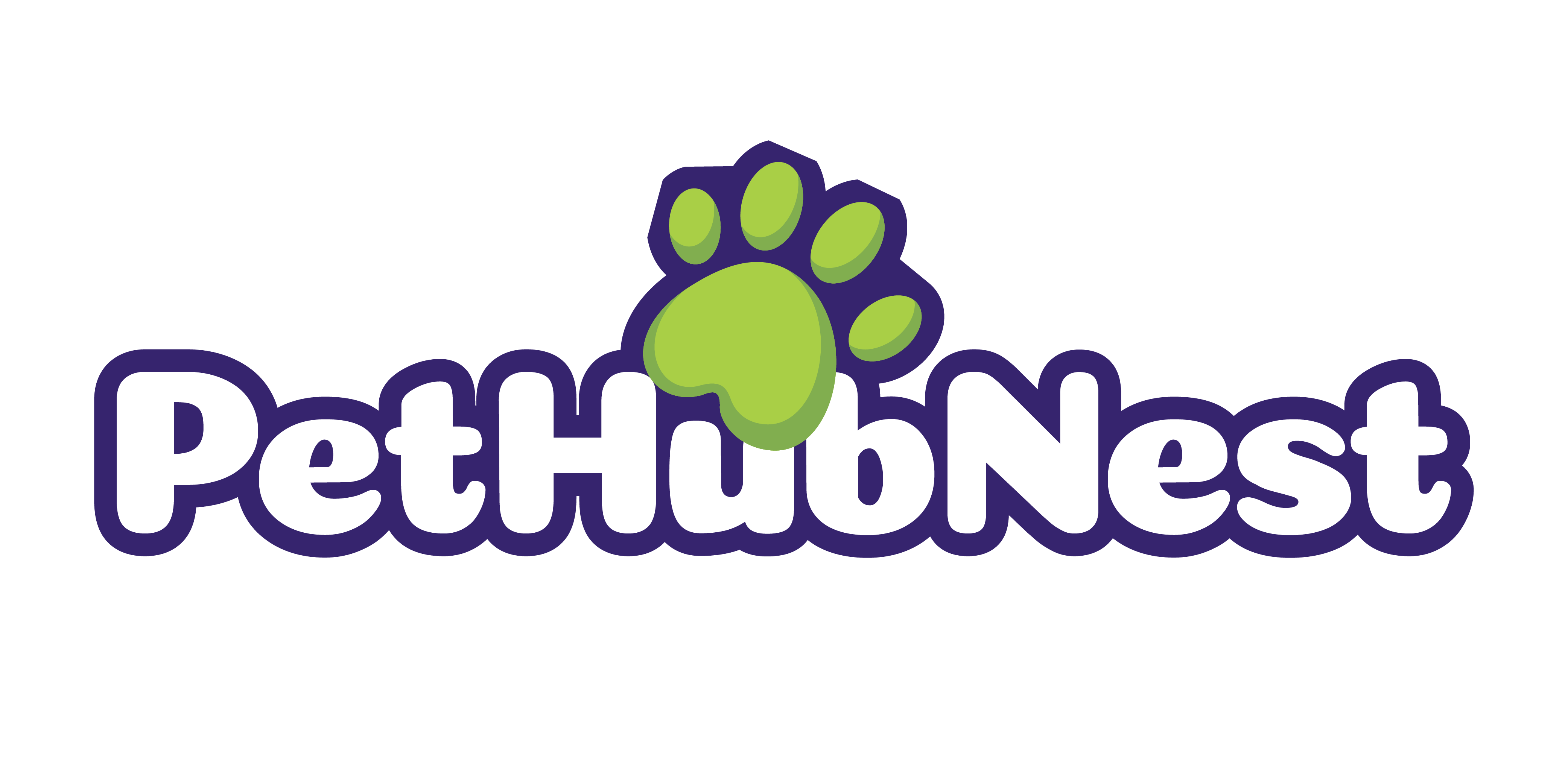Quick Overview
Why Staying Informed Matters
Pet health is evolving fast—and staying in the loop can make a major difference in your animal’s well-being. From new disease threats to rapidly changing nutrition guidelines, today’s pet owners need more than just annual checkups.
Here’s why it matters:
- Faster responses to health issues: The more you know, the sooner you can act.
- Better long-term care decisions: Science-backed strategies help you tailor care to your pet’s unique needs.
- Peace of mind: Being informed reduces anxiety about unexpected health concerns.
This Month’s Top Themes
This month’s updates in pet health center around three game-changing developments:
- Tech Breakthroughs
- Telehealth is becoming more mainstream, making it easier to consult with vets anywhere.
- Pet wearables are now tracking everything from heart rate to behavior changes.
- Diet Shifts
- Fresh and raw food options are gaining traction, backed by new veterinary-led research.
- There’s a renewed conversation around grain-free diets and their long-term effects.
- Industry-Wide Movement
- Mental health in pets is finally being recognized as a vital part of overall health.
- Regulatory updates are clearing the way for more accessible preventive care options.
Whether you’re a long-time pet parent or new to the world of animal care, keeping up with these shifts helps ensure your pet stays healthy, happy, and well cared for.
Telehealth for Pets is Gaining Ground
Pet telehealth used to be an experimental add-on. Now it’s rapidly becoming a front-line service. Veterinarians across the country are offering remote consults at scale—whether it’s checking up on a rash, advising on a limp, or guiding pet owners through overnight symptoms. You don’t always need a clinic visit to get clarity. And in 2024, more pet parents are embracing that convenience.
For routine care, this shift is streamlining access. Basic follow-ups, diet adjustments, and behavioral concerns are being handled remotely, saving time for both vets and owners. It also opens new options for people in rural or underserved areas who’ve struggled to get consistent vet care.
In emergencies, telehealth isn’t a replacement—but it can be a first triage point. A quick video consult can help determine if a midnight rush to the ER is necessary, or if temporary at-home care is enough until morning.
The regulatory landscape is catching up, too. Several states have updated their veterinary medicine laws, giving the green light for virtual services under specific guidelines. That means less red tape and wider access, without compromising care standards. The result? More responsive, flexible pet care just a tap away.
Wearables & Health Tracking Devices
The Rise of Smart Collars and Biometric Tech
Pet technology has entered a new era, led by rapid developments in wearable devices. From GPS-enabled collars to heart rate monitors and sleep trackers, tech is giving pet owners unprecedented visibility into their pets’ health and activities.
- Smart collars now come with built-in GPS, activity monitors, and even temperature sensors
- Biometric trackers can alert owners to irregular behaviors or vital signs
- Vet clinics are beginning to integrate data from home devices into care plans
What Data Are Pet Owners Really Using?
While these tools offer a wealth of information, not all of it is meaningful to every pet owner. The most useful insights focus on behavior patterns and early warning signs.
- Daily activity levels (e.g., step count, playtime, rest periods)
- Eating and drinking habits tracked over time
- Respiratory rates and sleep tracking in older or at-risk pets
These key data points help pet owners notice subtle shifts in health before they become emergencies.
Real-Time Monitoring = Fewer Emergency Vet Visits
Perhaps the biggest impact of wearables is prevention. Real-time insights are allowing pet parents to take action early—often resolving issues before they escalate.
- Early alerts for lethargy, dehydration, or mobility changes
- Vet-recommended thresholds help guide when to seek in-person care
- Ongoing monitoring supports post-surgery recovery or chronic conditions
Learn More: Deeper Dive into Pet Tech
For a broader look into how technology is reshaping modern pet care, check out this in-depth feature:
The Impact of Technology on Modern Pet Care
Pet Nutrition: New Trends and Considerations
In pet nutrition, 2024 is seeing a strong move toward diets that are both fresh and minimally processed. Raw and fresh meal plans—once niche and controversial—are now gaining solid footing, with more veterinarians lending support when those diets are formulated correctly. Brands focused on vet-led recipes and personalized feeding plans are stepping forward, and pet owners are responding. The shift isn’t just about buzzwords like “natural”—it’s about improving digestion, reducing inflammation, and avoiding fillers.
On the flip side, the grain-free trend that exploded over the past few years is finally hitting resistance. New research is bringing balance back to the conversation. Instead of cutting grains entirely, the current advice is about selecting the right grains, like oats or barley, and avoiding over-processed alternatives. Some pets do better with grains in moderation. The blanket avoidance is getting phased out in more evidence-based circles.
Then there’s the supplement surge. Probiotics, joint support powders, omega-3 oils—you name it. Some are helpful, especially for older pets or those with chronic issues. But not all products are created equal, and purity matters. What’s worth paying for? Vet-approved supplements with clinical backing. What’s hype? Anything promising a miracle.
The bottom line: pet nutrition is growing up. It’s less trend-chasing and more science-backed tailoring. As transparency increases, so does pet health literacy—and that’s a win for everyone.
Mental Health for Pets Gets Real Attention
The pandemic didn’t just reshape human routines—it disrupted pet behavior, too. Dogs and cats who grew used to constant human presence are now struggling with separation, overstimulation, or even chronic stress. Many pet owners are seeing subtle but telling signs: pacing, whining, destructive chewing, or selective eating. It’s not just bad manners—it’s anxiety.
Veterinarians are addressing it with a mix of old and new approaches. On the front lines are therapy tools you can actually deploy at home. Aroma diffusers with calming pheromones, music therapy tuned to feline or canine comfort frequencies, and even weighted vests are showing solid promise. No, it’s not snake oil—some of these methods are supported by emerging behavioral research.
The bigger move, though, is strengthening the baseline. Predictable routines, enrichment activities, and early socialization are now being folded into preventive care conversations. Vets recommend keeping a close eye on mood shifts and habits—like bathroom behavior, appetite, or clinginess. Catching issues early makes all the difference.
Mental health for pets is no longer a fringe concern. It’s a marker of responsible ownership, and it’s climbing the list of priorities for both owners and professionals.
Disease Prevention and Emerging Risks
Tick-borne illnesses aren’t just a summer problem anymore. Warmer winters and longer active seasons mean ticks are expanding into new territory—and staying there longer. In the Northeast and parts of the Midwest, Lyme disease cases in pets have spiked over 30% compared to last year. Meanwhile, southern regions are seeing more cases of ehrlichiosis and anaplasmosis, illnesses that used to be considered regional outliers.
In response, veterinarians are tightening up preventive protocols. New guidelines now suggest year-round protection in most U.S. regions, not just during peak parasite months. There’s also a strong push for broader use of Lyme and leptospirosis vaccines, especially in high-risk zones. These updates aren’t about over-caution—they’re grounded in regional case data and shifting climate patterns.
Heading into the next season, pet owners should rethink their calendar. Prevention needs to be proactive, not reactive. Check with your vet about the best vaccination schedule and flea/tick regimen for your pet’s lifestyle and geography. And don’t let the cold months trick you—ticks don’t take the winter off anymore.
Key Takeaways
Pet health isn’t just about vaccines and vet visits anymore. In 2024, it’s evolving into a smarter, more holistic space where tech, nutrition, and mental wellness all carry weight. From AI-powered collar trackers to customized meal plans and anxiety relief strategies, we’re seeing a shift toward proactive pet care—things you can act on before there’s a problem.
The payoff? Better outcomes and fewer emergencies. Pet parents who stay curious and open to new tools are catching health issues earlier, feeding smarter, and recognizing behavioral red flags before they escalate. It’s not about chasing every trend. It’s about knowing which ones serve your pet’s real needs.
Stay informed. Ask questions. Keep evolving—because your pets can’t advocate for themselves. That’s your job.


 Norvella Neythanna is the co-founder and author at pethubnest She blends her passion for pets with her interest in technology, covering innovative products and ideas that transform pet care.
Norvella Neythanna is the co-founder and author at pethubnest She blends her passion for pets with her interest in technology, covering innovative products and ideas that transform pet care.


